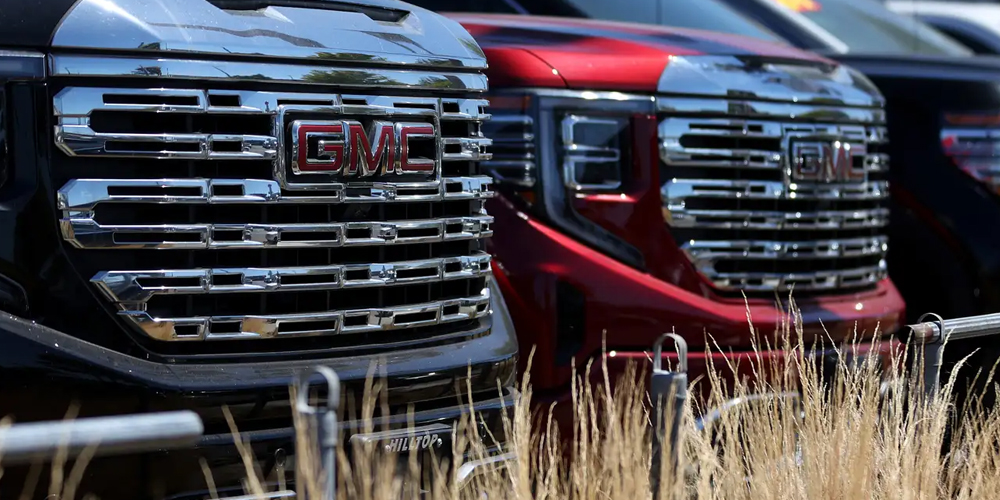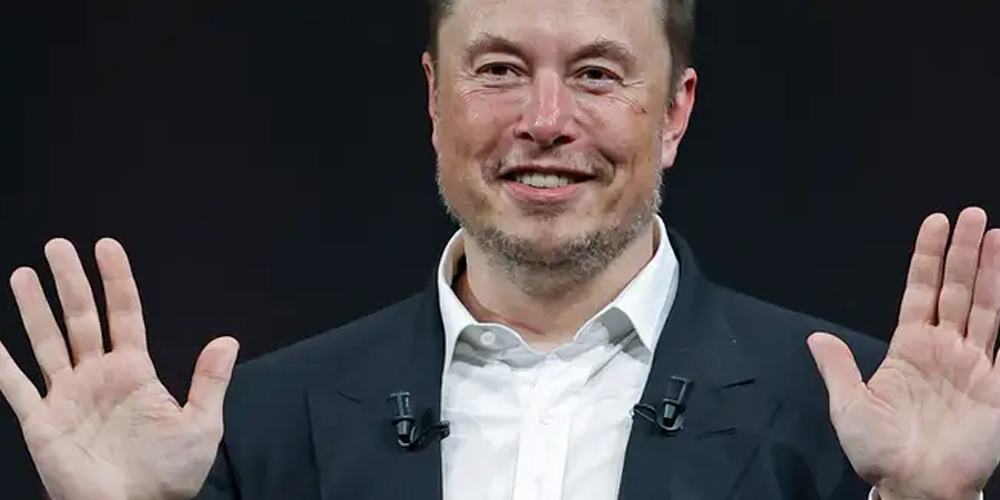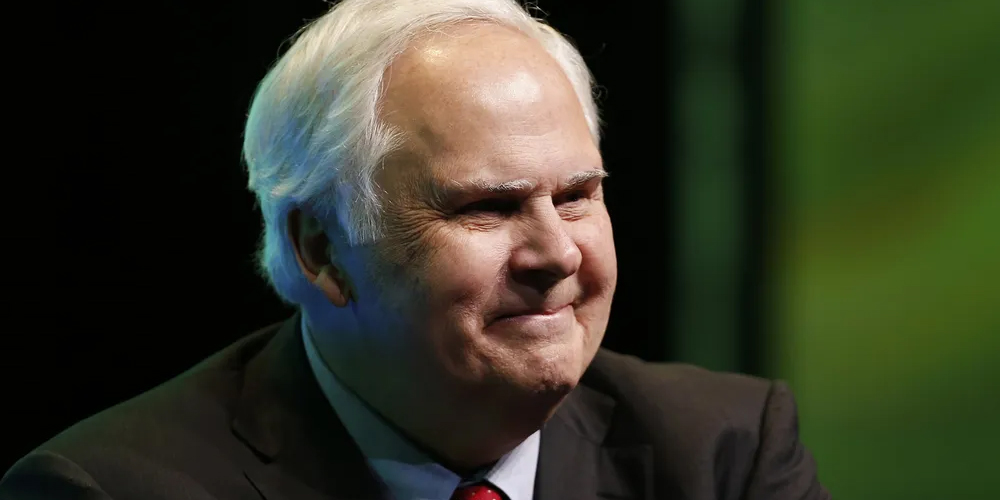A Visionary Approach to Mobility
In today’s fast-paced world, the automotive industry is undergoing a revolutionary transformation. With growing concerns over climate change, the rising demand for sustainable transportation solutions, and rapid technological advancements, companies like General Motors (GM) are taking significant steps to shape the future of mobility. From electric vehicles (EVs) to autonomous driving technology, GM’s vision for the future is centered around sustainability, innovation, and connectivity.
General Motors, one of the largest and most influential automakers globally, has long been a driving force in the industry. With a rich history of innovation, the company is now embarking on a bold mission to redefine how we move and interact with vehicles. This article explores the key factors that influence GM’s approach to the future of mobility, highlighting their sustainability initiatives, electric vehicle strategy, and investment in autonomous technologies.
GM’s Commitment to Sustainability
At the heart of General Motors’ vision for the future lies a commitment to sustainability. The company has made significant strides in reducing the environmental impact of its operations, with a goal to create a world with zero crashes, zero emissions, and zero congestion. GM’s sustainability efforts are focused on reducing the carbon footprint of its vehicles and manufacturing processes, with a long-term goal of achieving carbon neutrality by 2040.
Electric Vehicle Strategy
One of the most significant aspects of GM’s sustainability plan is its shift toward electric mobility. GM has announced its ambitious goal to offer 30 new electric models by 2025, which includes fully electric passenger vehicles and commercial electric trucks. The company is investing heavily in EV production, with a focus on affordable, long-range electric vehicles that cater to a wide range of consumers.
Ultium Platform: Revolutionizing EV Design
The Ultium platform is a cornerstone of GM’s electric vehicle strategy. This flexible and scalable architecture allows GM to build a variety of electric vehicles, from compact cars to full-size trucks, using the same basic structure. The platform is designed to offer impressive range, faster charging times, and reduced production costs, making electric vehicles more accessible to consumers.
The Ultium battery technology, developed in partnership with LG Chem, is designed to improve energy density and extend the lifespan of the battery, further enhancing the viability of EVs for mainstream use. This innovative technology will be a game-changer in the electric vehicle market and play a significant role in GM’s efforts to reduce emissions and combat climate change.
Autonomous Driving and the Future of Mobility
Another key element of GM’s future mobility strategy is its focus on autonomous driving technologies. The company is investing in self-driving vehicles, with a vision of creating a world with fewer traffic accidents, improved mobility, and more efficient transportation networks. GM’s autonomous vehicle division, Cruise, is working to develop fully autonomous cars that can drive themselves without human intervention.
The Role of Cruise in Shaping the Future
Cruise, GM’s autonomous vehicle subsidiary, is focused on creating vehicles that can operate in urban environments without the need for a driver. With ongoing testing and development in cities like San Francisco, Cruise aims to deploy a fleet of self-driving cars in the near future, revolutionizing urban mobility.
By eliminating the need for a driver, GM believes autonomous vehicles will improve road safety by reducing human error, which is responsible for the majority of traffic accidents. Additionally, autonomous driving technology has the potential to reduce traffic congestion, create more efficient transportation networks, and provide greater mobility options for those who are unable to drive, such as the elderly and disabled.
The Role of Connectivity in GM’s Mobility Vision
As vehicles become more advanced, connectivity is playing an increasingly important role in shaping the future of mobility. General Motors is integrating advanced connectivity features into its vehicles to enhance the driving experience and improve safety. From in-car entertainment and infotainment systems to vehicle-to-vehicle communication, GM is working to create a more connected and integrated world.
OnStar: A Leader in Vehicle Connectivity
GM’s OnStar service is one of the most well-known connectivity solutions in the automotive industry. OnStar provides a wide range of features, including emergency assistance, vehicle diagnostics, and remote vehicle control. With the integration of 5G connectivity, GM plans to enhance these features, offering faster response times and even more advanced capabilities, such as real-time traffic updates and predictive maintenance.
By making vehicles more connected, GM aims to improve not only the driving experience but also the overall safety and convenience for drivers and passengers. The company is also exploring new technologies that will enable autonomous vehicles to communicate with each other and with infrastructure, creating a more intelligent transportation system.
GM’s Investments in Green Technologies
In addition to its efforts in electric mobility and autonomous driving, GM is also investing in green technologies that will help reduce its environmental footprint. The company is focused on developing sustainable manufacturing practices, recyclable materials, and green energy solutions that support its mission to create a cleaner future for mobility.
Sustainable Manufacturing Practices
GM’s commitment to sustainability extends beyond vehicle production. The company is working to reduce energy consumption, water usage, and waste generation at its manufacturing facilities. GM is also transitioning its production processes to be more sustainable, with an increasing focus on using renewable energy and recycled materials in vehicle production.
By improving sustainability in its manufacturing processes, GM is not only reducing its environmental impact but also setting an example for the industry. The company’s efforts in green manufacturing align with its goal of achieving carbon neutrality and creating a more sustainable future for all.

GM’s Impact on the Automotive Industry and Society
General Motors’ efforts to shape the future of mobility are having a profound impact on both the automotive industry and society as a whole. Through its electric vehicles, autonomous driving technologies, and sustainability initiatives, GM is pushing the boundaries of innovation and contributing to the creation of a cleaner, safer, and more efficient transportation system.
As the automotive industry continues to evolve, GM’s leadership in these areas will help drive the adoption of green technologies, clean energy solutions, and smart mobility systems. The company’s commitment to creating a future of mobility that is both innovative and sustainable will not only benefit consumers but also contribute to the global efforts to combat climate change and improve the quality of life for people around the world.
Conclusion: General Motors and the Future of Mobility
In conclusion, General Motors is playing a pivotal role in shaping the future of mobility. With its electric vehicle revolution, investment in autonomous technologies, and commitment to sustainability, GM is paving the way for a greener, safer, and more connected future for transportation. As the company continues to innovate and lead the way in these areas, it will help create a world where mobility is no longer just about getting from point A to point B, but about creating a sustainable, efficient, and intelligent transportation ecosystem that benefits everyone.
By embracing these changes and investing in green technologies and sustainable solutions, GM is ensuring that it remains a key player in the automotive industry and continues to drive the transformation of the mobility landscape for years to come.






